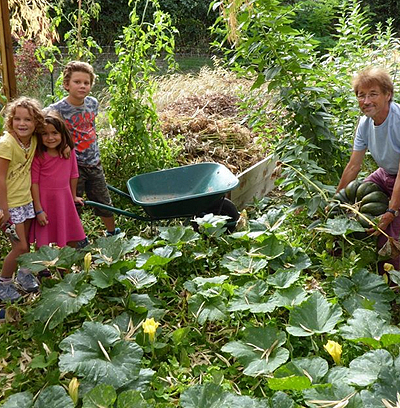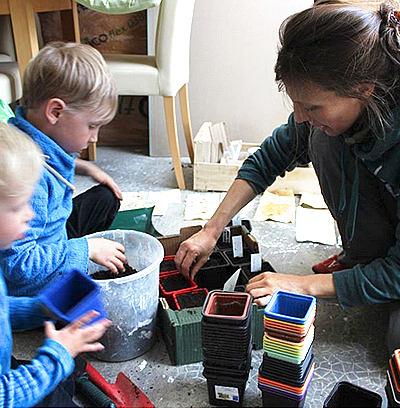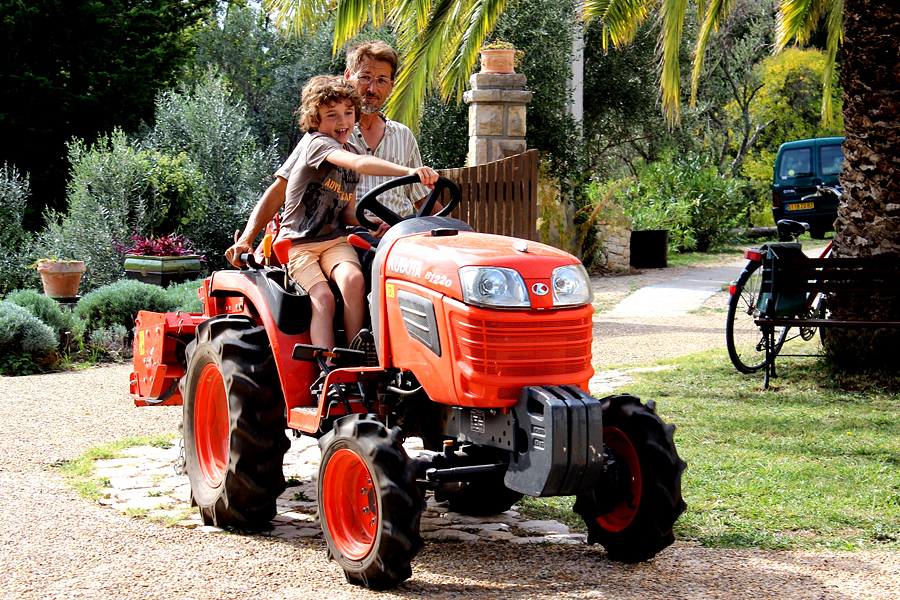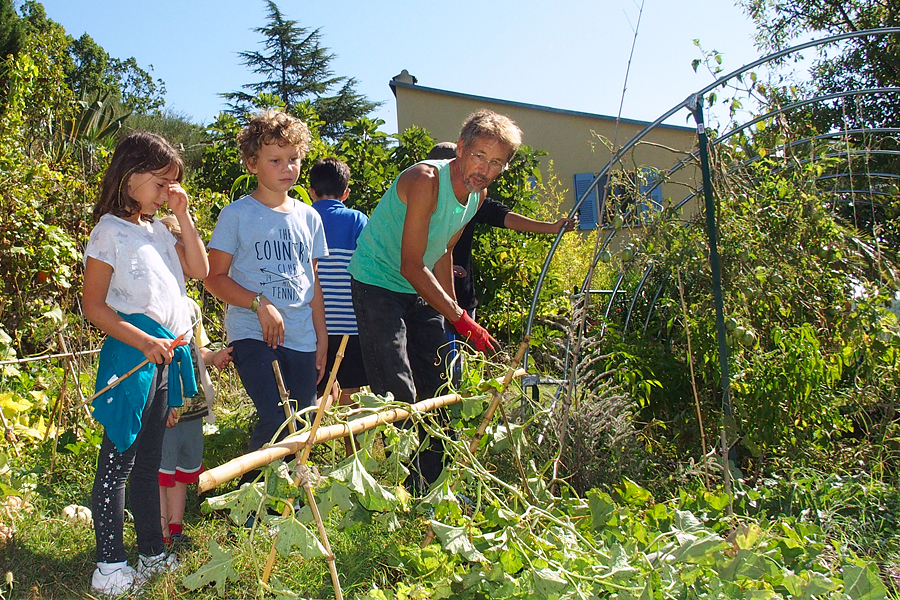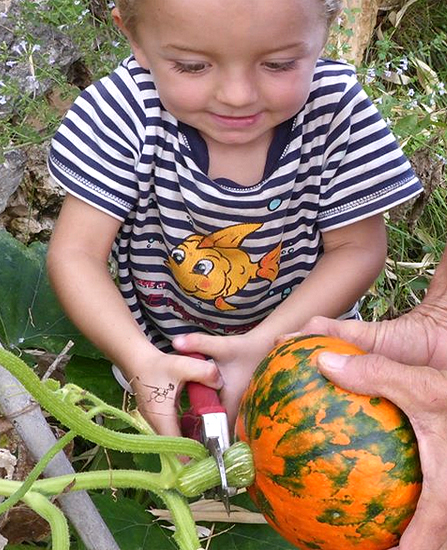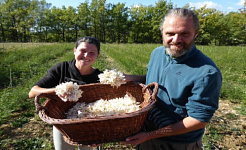
|
The organic vegetable garden : the centre piece of the garden is the 400 m2 vegetable garden. The aim is to make the residents self-sufficient and not to sell produce to people outside Ecoprovence. Most of the work is carried out by hand. However, to thrill the children and volunteers, we use a small tractor two or three times a year. In the organic garden people can gain experience of Mediterranean vegetable growing, which is quite different from cultivating a vegetable garden in Germany. |
Green manure 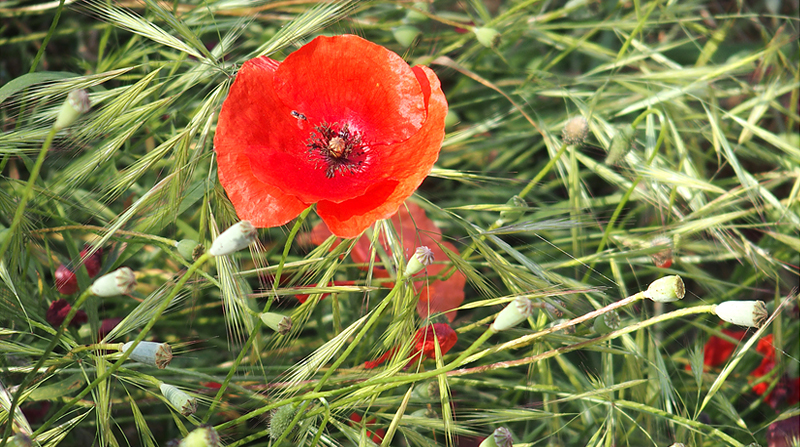 The strong sunshine in the summer creates problems that have to be tackled by more than just increasing irrigation. We’ve had good experience with a shading structure on which bamboo poles are laid - a technique we developed ourselves. We also use foil greenhouses all year round - in summer the foil is removed and the greenhouses are covered with green nets that provide just enough shade and good ventilation.
The strong sunshine in the summer creates problems that have to be tackled by more than just increasing irrigation. We’ve had good experience with a shading structure on which bamboo poles are laid - a technique we developed ourselves. We also use foil greenhouses all year round - in summer the foil is removed and the greenhouses are covered with green nets that provide just enough shade and good ventilation.
We also advocate growing green fertiliser to create humus with the help of soil organisms and also to provide food for bees (phacelia) and for sheep (Lucerne, red clover with their nitrogen- fixing nodule bacteria). This means that only about two-thirds of the ground is covered by vegetables. However, the advantage of the Mediterranean garden is that vegetables can be produced all year round. In winter we can grow broccoli, leeks, beetroot, parsnips, chard, broad beans, garlic, sprouts and a variety of salads. The main crops in summer are tomatoes, zucchini, gourds, aubergines, paprika, chilli, onions, garlic,
potatoes, peas and beans. We practise regular rotation with the plots on which green fertiliser has been grown. We also fertilise with the dung of our sheep and chickens plus the horse manure provided by some acquaintances. We use the seed we save from our own plants or that we order from the supplier Dreschflegel (www.dreschflegel-Saatgut.de).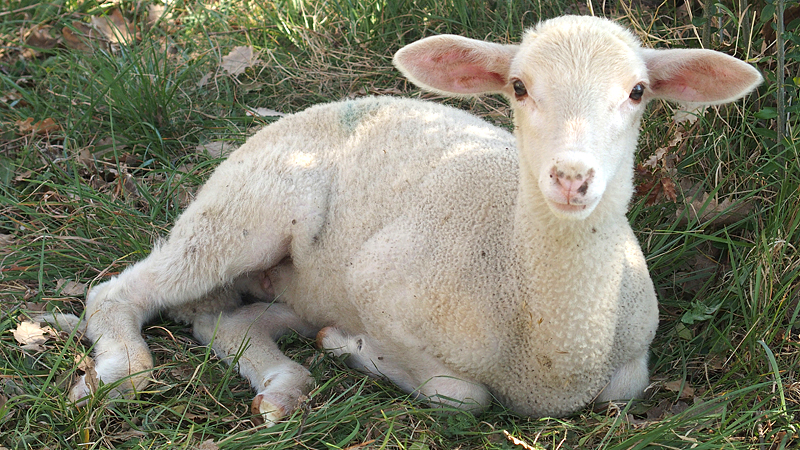
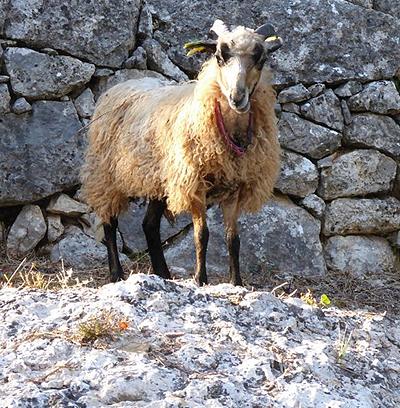
Vegetable production
We start sowing seeds from the end of January on electrically heated blankets. The first are tomatoes and paprika because they take the longest time before they are transferred to a greenhouse or are planted out. These are followed from the beginning of March by all the other vegetables that are planted early, like beans, zucchini, gourds and peas.
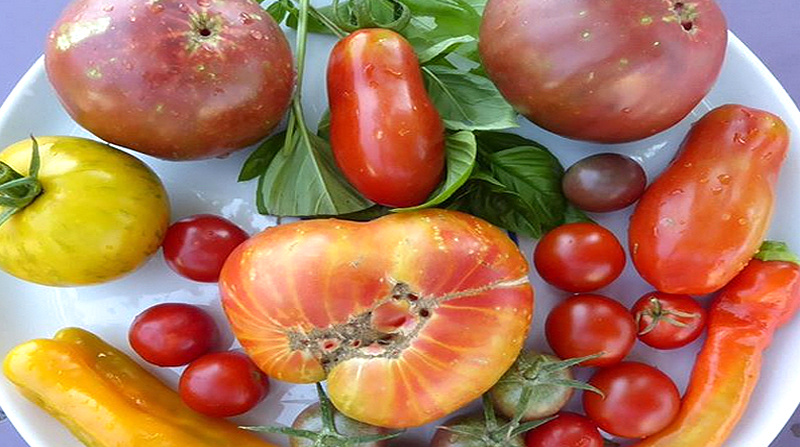
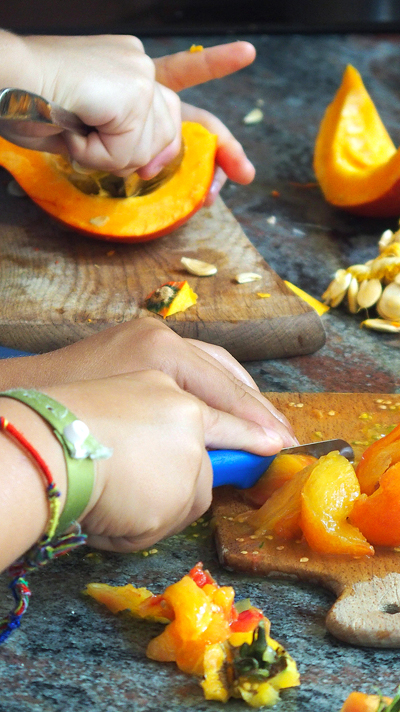
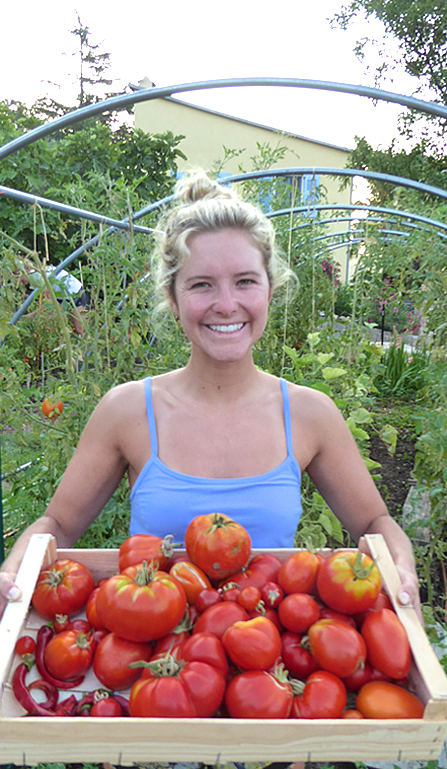
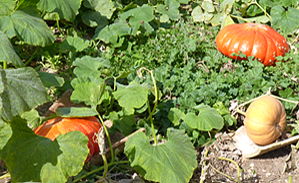
Planting and planting out seedlings
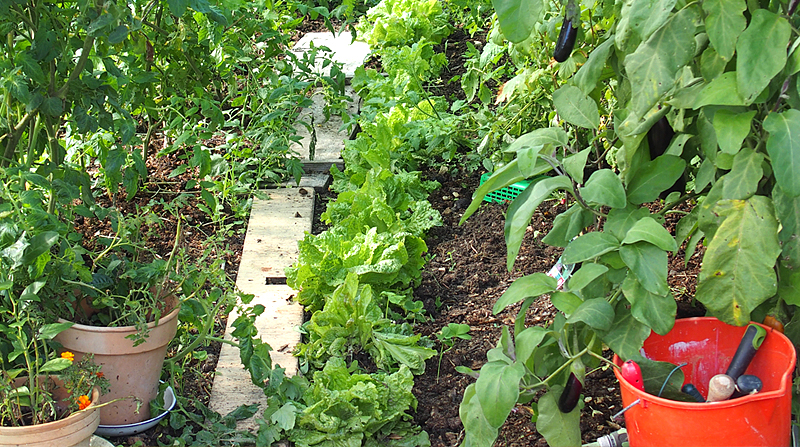 We plant onion sets, potatoes, carrots, dill and parsnips straight into the garden. We produce onions and various salads in the greenhouses over winter and these are
We plant onion sets, potatoes, carrots, dill and parsnips straight into the garden. We produce onions and various salads in the greenhouses over winter and these are
planted out as seedlings. We also buy in some seedlings.